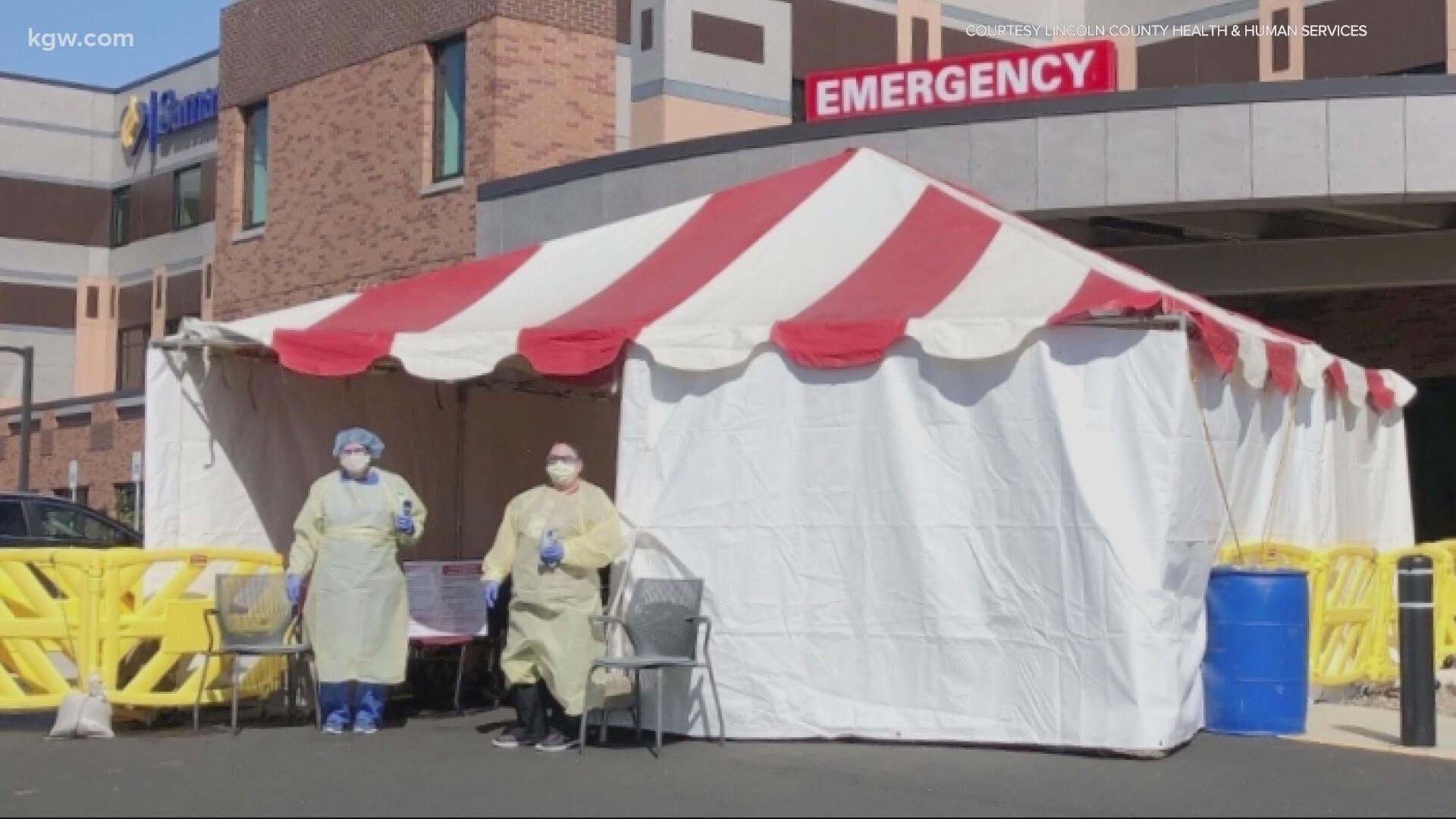NEWPORT, Ore — If you're looking for a glimmer of hope during this pandemic, just look at the coastal town of Newport.
In June, a coronavirus outbreak hit the community. By the end of the month, more than 300 people in the Newport area had tested positive for COVID-19.
The outbreak started at a Pacific Seafood Plant in the coastal community.
Random door-to-door sampling done by researchers at Oregon State University during the outbreak showed a high prevalence of the virus in the community. The study suggested about 3.4% of people were infected.
"3.4 percent prevalence does threaten the whole town and other towns in the state that are connected to it by travel," explained Ben Dalziel.
Dalziel is co-director of Oregon State Univesity's TRACE COVID-19 project, which is conducting the study.
Lincoln County cracked down. The Oregon Health Authority (OHA) urged residents to wear face coverings and eliminate social gatherings.
The actions appear to have worked.
"One of the kind of rays of sunshine for me about these results is that, it's consistent with the idea that collectively we actually do have a certain level of control here," said Dalziel.
The OSU teams went back to Newport two weeks later and found a much lower number of coronavirus cases.
During a weekend of testing in mid July, the researchers found that about six out of every 1,000 people had the virus. That's compared to 34 out of every 1,000 two weeks prior.
But experts say there is still a risk.
"If the control measures were lifted too quickly, we would go back in time to those more severe conditions we were in before," said Dalziel.
The researchers also collected wastewater samples from various locations in Newport during that same time and tested those for the virus.
Those samples showed a steady increase in virus concentration from June 10 to June 19, followed by a steady decrease.
A trend that corroborates the door-to-door sampling.
"Wastewater has this huge potential to be this early warning system," said Dalziel. "This way we can cast a really wide net throughout communities and really get a sense of where we should direct more resources."
The teams did similar random testing in Hermiston this past weekend, another site of a large Coronavirus outbreak. Results of that sampling are still pending.
But researchers are hopeful that even if the numbers are high, community members have the power to lower to them.
"Town by town, we can make the choices that can choose the trajectory that we go on at least to some extent," said Dalziel. "So to me that's a hopeful story for sure."

